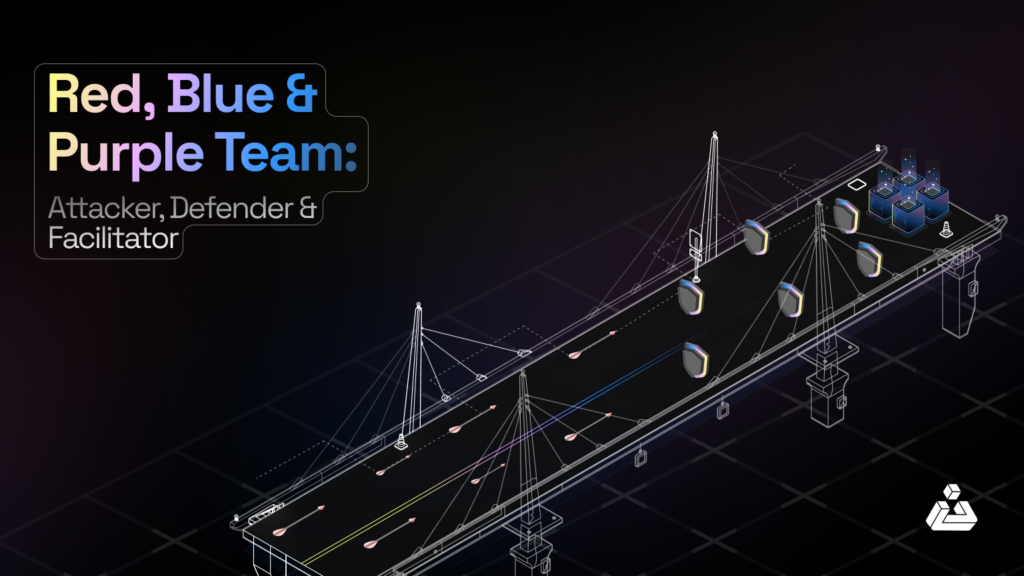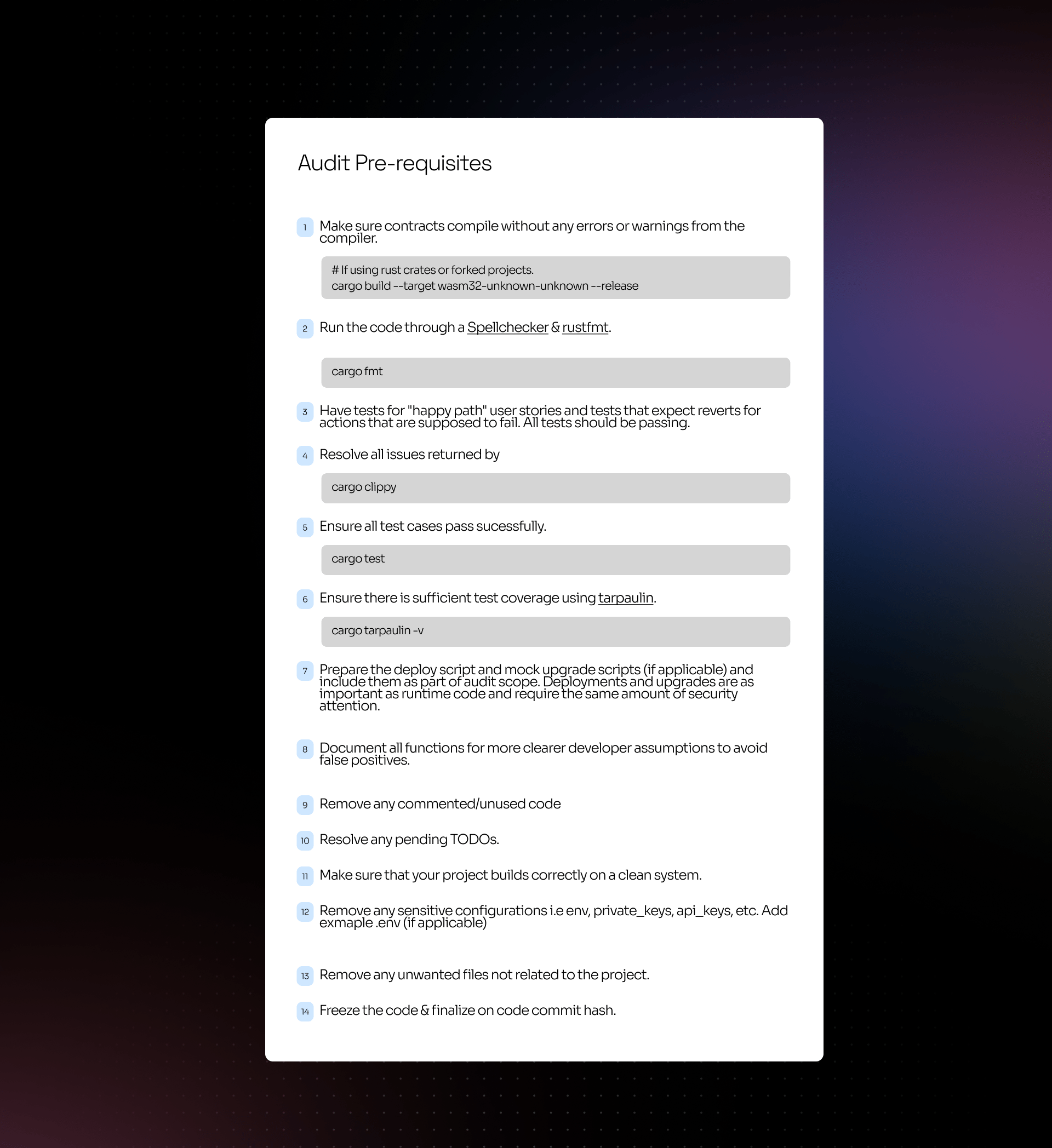Building an effective & secure platform is critical! In this era of rising technologies, it is becoming more and more complex to manage security. Conducting a red team vs blue team exercise could be an eye-opener for companies who seek optimum level protection against their network and systems. Through these exercises a lot of loopholes could be discovered leading to potential opportunities of securing the network and systems more.
How Does The Journey Begin?
The journey starts with the name orientation, the team names originate from an Army perspective which indicates Red Team as an Attacker and Blue Team as a Defender.
The basic phenomenon includes the activities performed by the red team to emulate an attacker’s behavior and try to penetrate through the company’s network or system. However, the blue team is all packed up to join forces and defend against those attacks. This includes implementing preventative and detection controls and responding to security incidents and alerts. This function can be internal, outsourced to a third party, or a hybrid of both.
How do they exactly work and where does the purple team join the scenario? Let’s find out!
Red Team:
Red team – as the name indicates, it is a team of vigorous ethical hackers whose purpose is to carry forward the exercise by simulating a real attack on the proposed system or network. They use real-time hacking technologies and tools to breach the network. To make it more realistic, the blue team is usually not informed about the timings and the goals of the related attack.
These exercises are usually performed bi-annually as sometimes it takes months to complete a thorough analysis of the security measures taken by the company. Red team exercises are done internally or externally in the organization.
The red team works with unified objectives which includes:
- Compromising the target’s security with different hacking tools.
- They initiate holistic activities which includes ethical penetration testing, giving the team a thorough assessment of the tactics the blue team has used for protection.
- Exploiting the bugs and weaknesses of the company shows how drastic is the gap between the company’s security and the requirement to fix them.
- Remain undetected by the blue team and penetrate into the application in a fleeting time which makes it extremely hard for the blue team to detect and work for countermeasures.
- They apply social engineering and phishing techniques to manipulate the employees into revealing the secrets and confidential information of the company.
Blue Team:
The blue team comes into action after the exercise of the red team is done and the cyberattack simulation has been finished. This team plays off a defender where they basically set the platform to give countermeasures against the attacks.
The blue team exists to oppose the red team, they create barriers for those hackers to not let them breach or trespass the security measures they have taken for a particular network or system.
Their tactics include:
- The blue team detects and neutralises the more sophisticated attacks and closely monitors current and emerging threats to preemptively defend the organisation.
- They understand every suspicious activity and take readily measures to counter the attack
- They use automated tools to detect malware or phishing emails that could be a potential lead towards a great loss.
- Their activities also include gathering threat intelligence information to use against any new risk or suspicious activity.
- They perform analysis to carefully cater the need of implementing such security measures that are cardinal and also help the system to be nearly impossible to breach.
Purple Team:
The purple Team is not evidently a permanent team but acts as a bridge between the red and blue teams.
Let’s understand the basic concept of how purple team comes into the scenario with the following examples:
Experts Chefs Keeping Their Masterpieces To Themselves:
Think of a scenario such as that a high-end, elite restaurant is losing its customers.
When the investigation team looked into the matter it was found out that the chefs who create fantastic dishes are keeping them in the kitchen. When the chefs were asked why this is happening they replied, “We have spent years learning such skills and knowledge about every single ingredient we use and the waiters and the customers don’t even know how to create such a masterpiece, they don’t deserve this!”
The Verdict:
This example shows that the chefs don’t want to coordinate with the waiters and the customers, as they think the food they create is not worthy to be presented to the customers.
Just like this the Red Team and Blue Team usually do not go hand in hand. Here is when the services of Purple Team are required where they act as an incident response group or a detection group or a developer group to keep the exercise going and secure the systems or network of the company.
Red & Blue Team Cooperation Problems:
The red team commonly being an external team and the blue is the internal team of an organisation that goes through different challenges to connect. Here are some challenges they face.
- The red team being an attacker thinks of itself as too elite to share information with the blue team creating a gap between them.
- When an organization pulls an external red team working vigorously towards its objectives inside, criticism, neutralization, and demoralization often occur, ultimately lowering the team’s effectiveness in the assigned task.
- The red and blue teams, not initially designed to work together, learn lessons as they collaborate. Eventually, they return to their designated roles, and communication breaks down.
Organizations that suffer from such problems introduce another team as “Purple Team”. Relatively the purple team could not be a permanent solution to these challenges but could surely be an option when there is a need.
Challenges That Drive Solutions:
Many companies and organisations lack the skill of holistic implementation of defensive and preventative controls to robustly respond to the red team attacks.
Sometimes, the result of repeated exercises reveals that the blue team has not amended the same loopholes due to a lack of communication or knowledge of countermeasures.
The text also mentions some challenges and benefits of the red and blue teams working together:
Skill & Expedite Constraints:
Firefighting, responding to incidents and prioritising the appropriate use cases, writing and updating playbooks, and implementing new preventative controls among many other tasks without an incident hunter solution could be overwhelming for the blue team. Unfulfilled cybersecurity jobs will be estimated at 3.5 million by 2022.
Onboarding the relevant log sources and adhering to organisational change procedures for implementation can also severely limit the blue team’s ability to respond adequately and results in quick fixes.
In a purple team exercise, red and blue teams collaborate to ensure that the organization is getting the most out of its investment in cybersecurity. Not only does this approach lead to improved security posture, but it also allows for a more consistent and even distribution of resources like blue team members and vulnerability scanning platforms.
Restricted Knowledge of Red team Discoveries:
A red team focuses on security compliance issues, continuously debugging from the perspective of an attacker or malware.
These red teams provide their observations through static reports but assume that some of these observations go unacted upon. The red team here develops a better communication mechanism with the blue team. This will help ensure that improvements address their actual concerns, and also allows them to concentrate on the new concerns that arise as a result of their work.
With teams sitting together, sharing screens and files, the mapping of engagement processes becomes more seamless and collaborative. This approach creates a better learning environment by helping blue team members understand new threats precipitated by the red team’s insertion into cyber systems.
Unable to Test Control Implementations:
To test security controls, you need to be able to reproduce the red team attack patterns. However, simulating such attacks is difficult. Your blue team may not have the right skills and permissions to do this. They may also prove inadequate due to them only covering specific behaviours, meaning they need a lot of adaptation. With no log simulation tool, defences are difficult to test, which restricts your ability to keep developing your security posture. Scarce resources can make these hurdles even harder to navigate.
By combining red and blue teams, the red team learns more about current controls, and the blue team learns more about current attack behaviors. The purple team exercises allow for regular testing of controls to ensure they still function as expected. Combining red and blue functions also means that the blue team does not have to learn the red-team skills, or take the time to recreate attack behaviors themselves.
The Tunnel Vision:
Understanding the intended behaviour of the adversary is key to creating effective threat hunting use cases. The same applies for blue teams, who must also understand the offensive playbook used by their red team in order to detect and counter it. Using a thorough understanding of the threat, blue teams can create and implement effective long-term solutions that may be difficult or time-consuming to implement, but once completed will prevent an attacker from further progress.
The red team can articulate and demonstrate why implementing a tunnel vision control is less valuable. Working together in a team promotes better understanding of attack mechanisms and the most effective prevention or detection methods.
Use Of Purple Team In The Transformation Journey:
Many organizations are adopting an agile manner of working where they make decisions and implement them, getting quick results. This method focuses on immediate action that helps relatively into the transformation journey.
A Joint Mission:
The quickest and most effective way to mature the security monitoring in a short period of time is running purple team exercises. A purple, whose entire objective is to improve the security monitoring function of the company through direct collaboration. Many different forms are possible – an effective method involves both teams sitting together in one room and going through attack behaviors, this can be based on many scenarios: intel-based, a previous red team exercise or even replaying an actual attack your organization has experienced in the past.
Once the red team completes an action, the blue team checks if it detected or prevented it. If not, together they work out why and either fix the issue on the spot and retest or work out an actionable plan to implement the required controls.
Focus Required In:
In a purple team scenario, the most effective areas to focus on are post-exploitation activities. Assume breach and identify the attacker’s actions in your environment. By assuming breach, teams can look for the following behaviors: lateral movement, escalation of privileges, reconnaissance, and data exfiltration.
Is Red Team Exercise Still Needed With Purple Team Exercise Conduction?
Yes, red team exercise is still as cardinal as before. Purple Teaming is not a replacement for Red Teaming but complements it by extending the benefits of the Red Team exercise as an extension. You can perform this either before or after red team exercises, or even independently if you do not conduct red team exercises.
Conclusion:
In order to make the companies systems and networks as optimum as possible the red, blue, and purple team work side by side with each other. Red, being the attacker, carries forward with real-life attack cases to exploit the network whereas the blue team mitigate possible countermeasures. The purple team, a worthwhile addition, acts as a combined effort of both the teams.






















